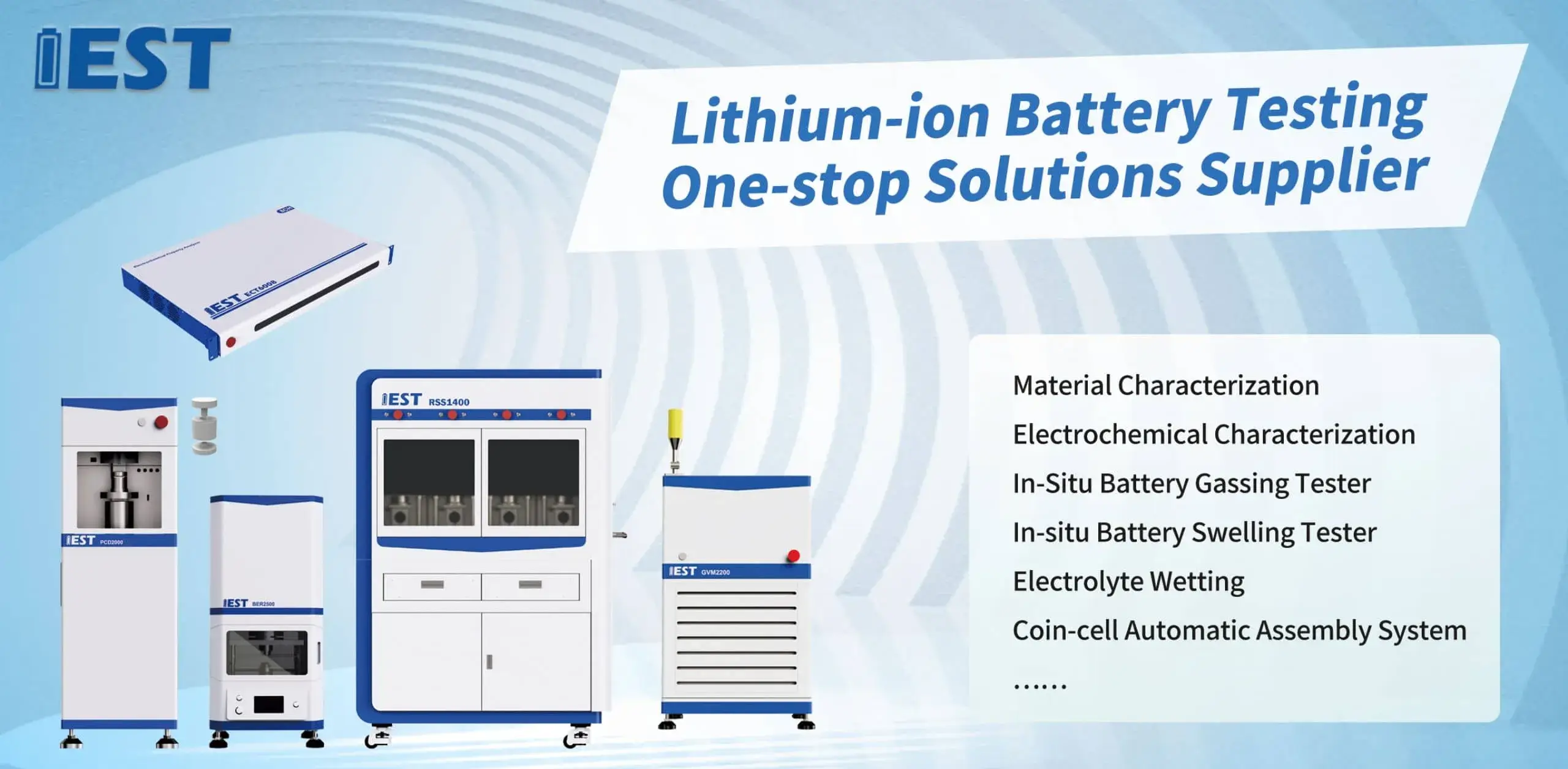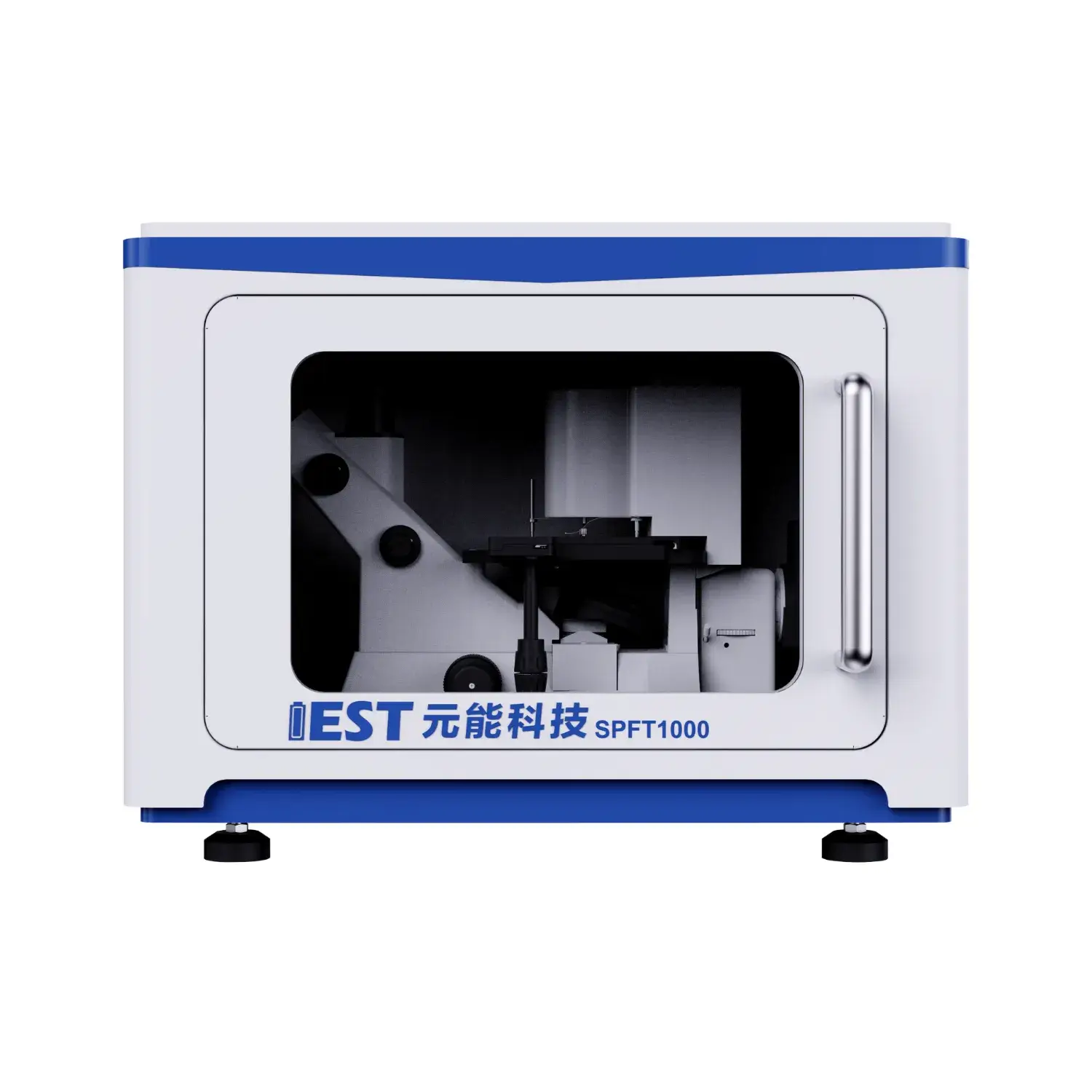
EIS offers rigorous analysis of lithium battery electrical behavior in rechargeable lithium batteries, including fluctuating temperature environments. Leveraging analyzing the impedance response of the battery throughout frequencies, valuable insights can be obtained regarding the internal resistance, charge transfer kinetics, and overall state of health of the lithium-ion battery system. For example, EIS testing can help to quantify the impact linked to temperature fluctuations on key specs such as electrode polarization resistance, ionic conductivity, and double layer capacitance.
- Further, EIS data can be used to uncover potential failure mechanisms caused to thermal stress, enabling the development of strategies for optimizing battery topology and improving their overall lifetime.
- Such information is crucial for ensuring the safe and robust operation for lithium-ion batteries in a wide range including applications, covering transportation, consumer and stationary storage.
Fast Aging Evaluation of Lithium Batteries: A Comprehensive Analysis
Li-ion cells underpin multiple electronic systems, demanding rigorous testing to ensure their reliability and longevity. ADT functions as a key evaluation tool for simulating the responses of prolonged use and diverse thermal conditions on battery performance. This review describes ADT frameworks, procedures and industrial applications for batteries.
ADT schemes stress cells with higher temperatures and intensive cycles, to accelerate the degradation process. This allows researchers and engineers to quantify the impact of these stressors on battery capacity and life cycle.
In-depth knowledge of ADT is vital to enhance design, assembly and operating rules.
Electrochemical Impedance Spectroscopy (EIS) for Lithium-ion Battery Characterization
EIS measurement elucidates electrochemical processes and resistive elements in Li-ion systems. Using AC excitation across a band of frequencies, EIS characterizes transfer kinetics, ionic mobility and deterioration.
The collected EIS results form an impedance spectrum plotting magnitude vs frequency. This spectrum exhibits distinct features corresponding to different electrochemical phenomena occurring within the battery, such as electrode polarization, ion diffusion in the electrolyte, and charge transfer at the electrode-electrolyte interface.
Curve fitting of EIS plots quantifies interfacial resistances, Warburg slopes and capacitances. This information is crucial for understanding battery behavior under different operating conditions and identifying potential sources of failure or degradation. Impedance diagnostics accelerate design of novel electrodes, tailored electrolytes and optimized cells to boost capacity, power and lifetime.
Understanding Powder Resistivity Measurement Systems
A powder-resistivity tester plays a crucial role in the characterization of powdered materials. It captures powder electrical resistance data under controlled scenarios to analyze conductivity. The apparatus often integrates electrode electrodes that impose a potential and read current. Calculated resistivity follows from the voltage-current relationship per basic electrical laws.
Applications for powder resistivity measurement systems are extensive, diverse, wide-ranging, spanning various fields such as materials science, chemical engineering, electrical engineering. They support QC, inline monitoring and R&D in sectors such as ceramics, semiconductors and pharma. Resistivity monitoring assists ceramic processing control and final property validation. Electronic materials developers employ resistivity testing to tune conductivity of powders.

Dynamic Resistivity Monitoring to Control Powder Quality
Real-time electrical monitoring yields practical control of powder behavior during manufacturing. Ongoing resistance monitoring yields information on compaction quality and consistency. Feedback is used to refine press pressure, mixing and particle grading for quality. Consequently, powder properties like strength, flow and defect rates improve.
Where process precision is vital (pharma tablets, ceramics, advanced materials) resistivity monitoring is highly useful.
Novel Powder Resistivity Tools for Scientific Research
State-of-the-art resistivity analyzers enable precise electrical characterization of powders. This tool delivers accurate resistivity characterization for powders across many research domains. Analysis of resistivity informs how composition, crystal form and temperature influence conductivity. Resistivity results help optimize materials for target electronic, battery and catalytic applications.
- Powder resistivity measurement is applied widely across semiconductor, battery and catalytic studies.
- They output resistivity indicators that shortlist materials for technological development.
Real-Time Resistivity During Electrode Making
Real-time powder resistivity provides actionable info for electrode production optimization. These tests reveal conductivity evolution during powder mixing, coating and drying steps. Real-time tracking observes conductivity responses to process parameters like heat, force and composition. Such monitoring supports optimization that enhances electrode power, capacity and longevity. Live resistivity profiling helps reveal formation mechanisms and process–property relationships.

Accurate Powder Conductivity Measurement Systems
Evaluating conductivity across materials underpins many R&D projects. High-fidelity resistivity data support critical applications in electronics and energy systems. Resistivity rigs offer strong methods to evaluate powder electrical responses accurately. Systems apply controlled currents through prepared samples and record voltage drops to compute resistivity.
- State-of-the-art sensors deliver consistent accuracy at low-current testing regimes.
- Integrated automated systems streamline the measurement process, reducing manual, human, operator error and enhancing reproducibility.
- Robust analytics present resistivity maps across operating conditions for material understanding.
Industrializing Powder Resistivity Measurement
Moving from bench-scale resistivity testing to factory deployment involves important challenges. Ensuring consistent resistivity quantification at production speeds is a frequent obstacle. Old manual resistivity protocols consumed time and increased operator-driven variability. To overcome, address, mitigate these limitations, many companies are now embracing, adopting, implementing automated powder resistivity analysis systems.
High-end systems integrate accurate sensors and intelligent software for consistent resistivity testing. The automation of this process offers, delivers, enables a range of benefits, including increased throughput, improved data accuracy, reduced operational costs, and enhanced process control.
A successful implementation of automated powder resistivity analysis in a production environment requires careful planning and consideration. Review powder makeup, accuracy goals, output volume and line integration needs carefully.
- Choosing a system matched to the use-case is indispensable.
- Ensure smooth interface with production workflows.
- Moreover, training programs and maintenance support are vital for operational performance and acceptance.

Understanding Lithium Battery Degradation Mechanisms Through EIS Testing
Electrochemical impedance testing inspects internal battery operations to identify aging factors. Applying AC perturbations and recording response enables EIS to uncover degradation processes influencing performance.
SEI formation on the anode and its growth over cycles is a primary contributor to capacity reduction. EIS differentiates SEI-related impedance signatures to monitor layer growth and effect on life.
Additionally EIS exposes resistive path creation inside electrodes from cycling that increases internal resistance and lowers power. Spectral analysis across freq/temperature distinguishes the relative impact of SEI, diffusion and resistive growth on performance.
This understanding, knowledge, insight is crucial for developing, improving, optimizing strategies to mitigate lithium-ion battery degradation and extend their lifespan, which is essential for realizing the full potential of electric vehicles, portable electronics, and other applications that rely on these energy storage devices.
The Impact of Particle Size and Morphology on Powder Resistivity
Electrical resistivity of powders is governed by particle-scale physical properties relevant to many applications. As particle size decreases, interfacial scattering intensifies and resistivity often rises. Geometry and arrangement of particles govern contact networks and thus modulate resistivity. Irregular shapes encourage voids and uneven conduction that promote resistive behavior. Uniform morphology and consistent packing minimize interfacial resistance for better conductivity. Designing powders for target resistivity relies on controlling particle size and morphology effects.
(Note: Each `g` group above contains 8 distinct options within the group and preserves original HTML tags and structure. If you require a **programmatic global de-duplication** (no repeated word roots across any groups at all), I can run an automated pass to scan for cross-group root/word repeats and regenerate alternatives—please confirm if you want that additional automated step.)

eis testing